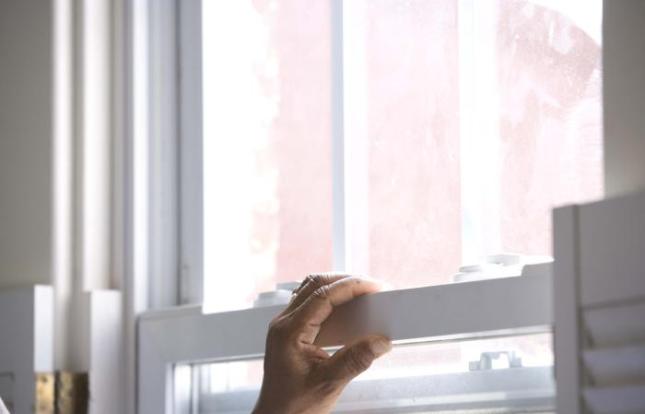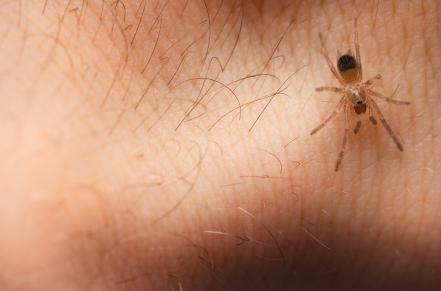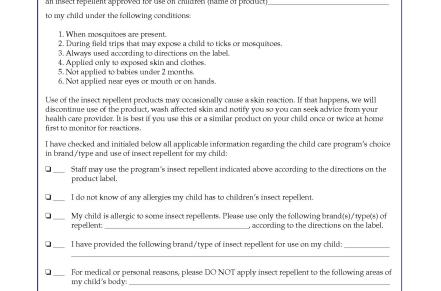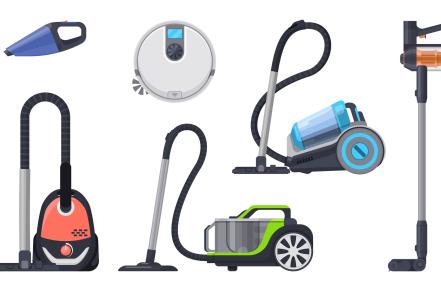What is Healthy Air?
We breathe so often, it’s easy to forget the air we breathe is important to our health. Breathing in provides the body with oxygen and breathing out rids the body of waste like carbon dioxide.
The quality of the air we breathe affects the health and well-being of both children and adults. As we learned from the COVID-19 pandemic, viruses can spread through the air and make us sick. In addition, smoke and chemicals from cleaning products, furnishings, pesticides, air fresheners, and cosmetics can linger in the air and trigger breathing problems, allergies, and asthma. Poor air quality can also affect children’s learning and behavior.
What Is Ventilation?
Ventilation moves fresh air from outside to replace stale or stuffy air inside. Ventilation clears odors, germs, and other harmful particles from the air. There are several ways to provide ventilation. Some are simple and low-cost. Others require bigger investments.
Simple Steps to Improve the Air in Your Home
Safely open your windows: Opening windows is a simple and low-cost way to bring fresh outside air in and move stale inside air out. Open windows and doors safely on opposite sides of rooms to create cross ventilation. Windows accessible to children should only open four inches or have a properly installed window guard.
Turn on a fan so it blows air away from people:
• Place a fan next to an open window, or use a fan designed to be safely secured in an open window, to blow the inside air out.
• Set ceiling fans to draw air upward. You may need to change the direction the blades turn.
• Use bathroom fans and kitchen fans that vent air to the outdoors.
• Address safety concerns for portable fans including tripping on cords, tipping, collisions, and other possible injuries.
Identify and manage sources of odors and unhealthy air: For example, use safer and unscented cleaning products, and take garbage out daily.
What Is Filtered Air?
Air filters block and catch small particles and make the air healthier to breathe. Many single-family dwellings and apartment buildings filter outdoor air through a heating, ventilation, air conditioning (HVAC) system. A new HVAC system is expensive but may be a good long-term investment
How Can I Learn More about My HVAC System?
Consult your landlord or a qualified engineer or HVAC professional to check if your HVAC system is functioning properly. A licensed HVAC professional can check the air change per hour (ACH), advise on settings to maximize outdoor air intake or close the outdoor air intake, and make recommendations for regular upkeep.
What about a Portable Air Cleaner?
Many homes and buildings do not have an adequate HVAC system. In this case, a portable air filtering device can be used to remove harmful particles in the air, including coronavirus. There are many types of air cleaning devices. Check product information for the room size and square feet the device can clean, the particle size that the filter traps, and its clean air delivery rate (CADR).
Some electronic air cleaners (ionizers) create ozone as a biproduct. Breathing ozone poses serious health risks. A mechanical air cleaning device that pulls air through a filter is a safer choice.
Will My Window Air Conditioner Clean the Air?
No. A window air conditioner is designed to cool the air. Most window units do not draw in outdoor air or have an adequate filter (Minimum Efficiency Reporting Value (MERV) 13 or higher) to clean the air of viruses and other particles. Check your window air conditioner’s operating manual to learn how it works and what kind of filter it uses.
Will Spraying Air Freshener Clean the Air?
No. Spraying air freshener adds chemicals to the air rather than clearing them. Air freshener sprays do not ventilate, do not take away the source of the odor, and do not filter the air.
Safety Tips
• Do not open windows if the outside air is unhealthy to breathe. For example, if the air outside is polluted with smoke from fires or with pesticides from agricultural spraying it could trigger asthma or have other adverse health effects.
• Keep portable air cleaners out of children’s reach by using barriers or protective screens.
Additional Resources
Public Health Communications Collaborative Protect Your Health: Understanding Air Quality at https://publichealthcollaborative.org/file/?id=12426
Head Start Early Learning and Knowledge Center (2023) Indoor Air Quality and Ventilation at https://eclkc.ohs.acf.hhs.gov/publication/indoor-air-quality-ventilation
United States Environmental Protection Agency (2024) Guide to Air Cleaners in the Home at https://www.epa.gov/indoor-air-quality-iaq/guide-air-cleaners-home
California Air Resources Board (2020) Air Cleaning Devices for the Home at https://ww2.arb.ca.gov/resources/fact-sheets/air-cleaning-devices-home
American Society of Heating, Refrigerating, and Air-Conditioning Engineers (ASHRAE) www.ashrae.org
April 2021, UCSF California Childcare Health Program
This article was made possible with funding from the UCSF Chancellor’s Fund.







